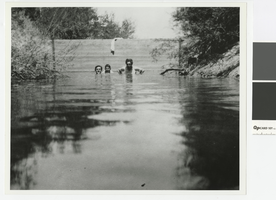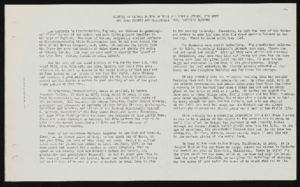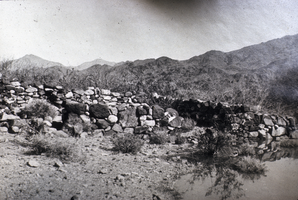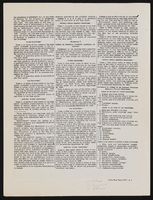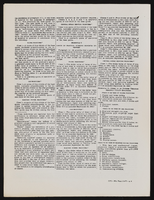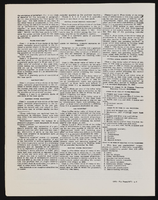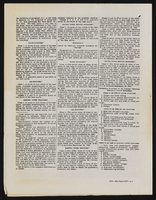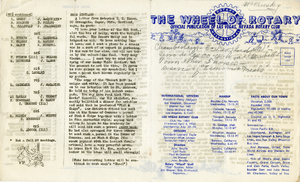About the Special Collections and Archives Portal
Search and access digital materials (known as digital objects), descriptions of materials in our archival collections (known as finding aids), or descriptions of the people and organizations documented in our collections. If you need help getting started, visit our the help page or learn more about UNLV Special Collections and Archives.

